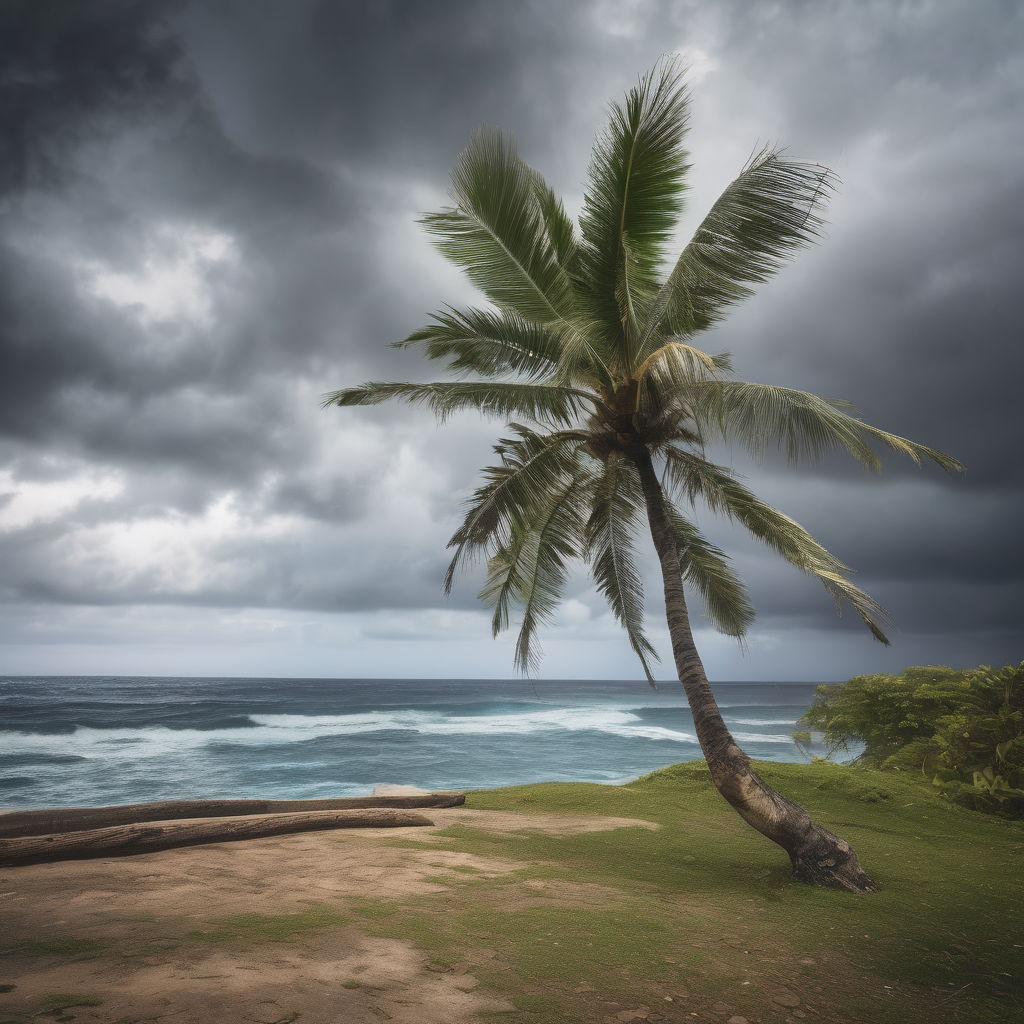The Pacific region, including the Solomon Islands, is set to experience an increase in the frequency and intensity of category 4 and 5 tropical cyclones, according to recent research presented at the 2nd Pacific Islands Ocean Conference in Honiara by Moleni Tuuholoaki, an Ocean Science Officer at the Pacific Community (SPC). The study, which analyzes cyclone trends from 1970 to 2024, reveals that while the overall number of tropical cyclones is decreasing, the most severe storms are becoming significantly more common.
Tuuholoaki explained that although the total counts of tropical cyclones are declining, the intensity of the storms falling within the higher categories has surged. This trend is alarming, as it suggests that while there will be fewer storms, their potential for devastation will be much greater.
The study aligns with global climate projections, emphasizing heightened risks for Pacific island nations. Rising sea levels, when combined with these stronger cyclones, could exacerbate issues such as storm surges, coastal flooding, and infrastructure damage, particularly affecting coastal communities. Tuuholoaki urged Pacific governments to take a more proactive stance on climate change, which is the driving force behind the increasing severity of cyclones and rising seas.
Lenny Konamauri from the Solomon Islands Meteorological Service (SIMS) echoed these concerns, noting the probability of severe disasters if the predicted trends materialize. He highlighted the catastrophic potential of even a category 3 cyclone in the region, which raises significant concerns about the impacts of more frequent category 4 and 5 storms.
To mitigate these escalating risks, the Solomon Islands government has developed a National Disaster Risk Financing Strategy for 2024–2027. This strategy includes enhancing disaster risk management frameworks, improving understanding of potential risks, and establishing financial preparedness mechanisms. Key components also involve ensuring coordinated responses during cyclone threats and promoting community resilience through self-help initiatives.
Additionally, as part of efforts to enhance disaster readiness, SIMS is conducting Early Warning System and Disaster Risk Management awareness sessions in communities, aimed at preparing residents ahead of the cyclone season, which typically runs from November to April. This training, in collaboration with partners like World Vision, emphasizes local preparedness for an unpredictable and dangerous cyclone season.
Overall, while the findings regarding cyclone trends may seem unsettling, they invite an important conversation about the need for enhanced preparedness and community resilience in the face of climate change. By implementing strategic measures now, the Pacific region can bolster its defenses against the growing threat of severe tropical storms, fostering a sense of hope and proactive action among its communities.
